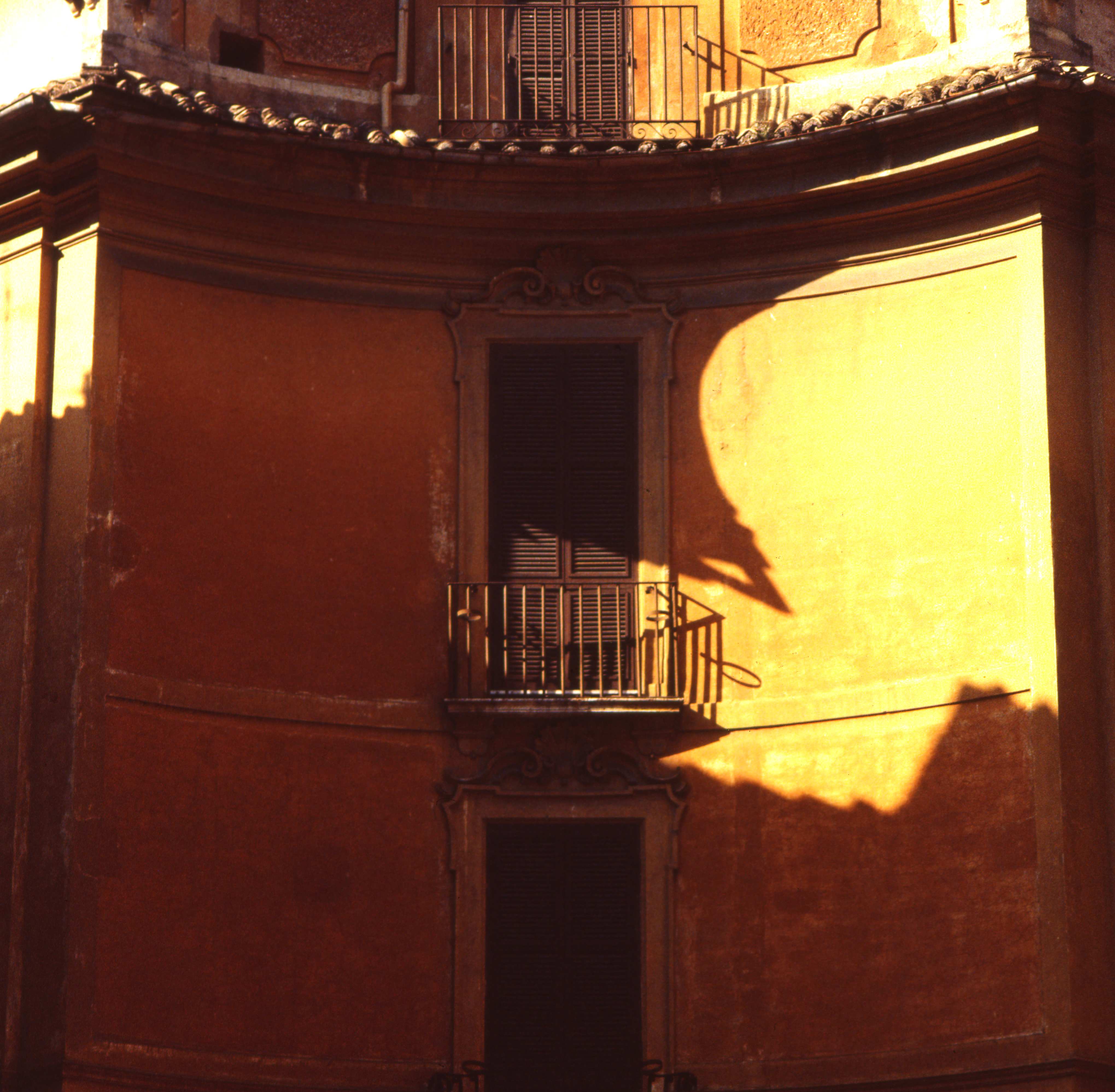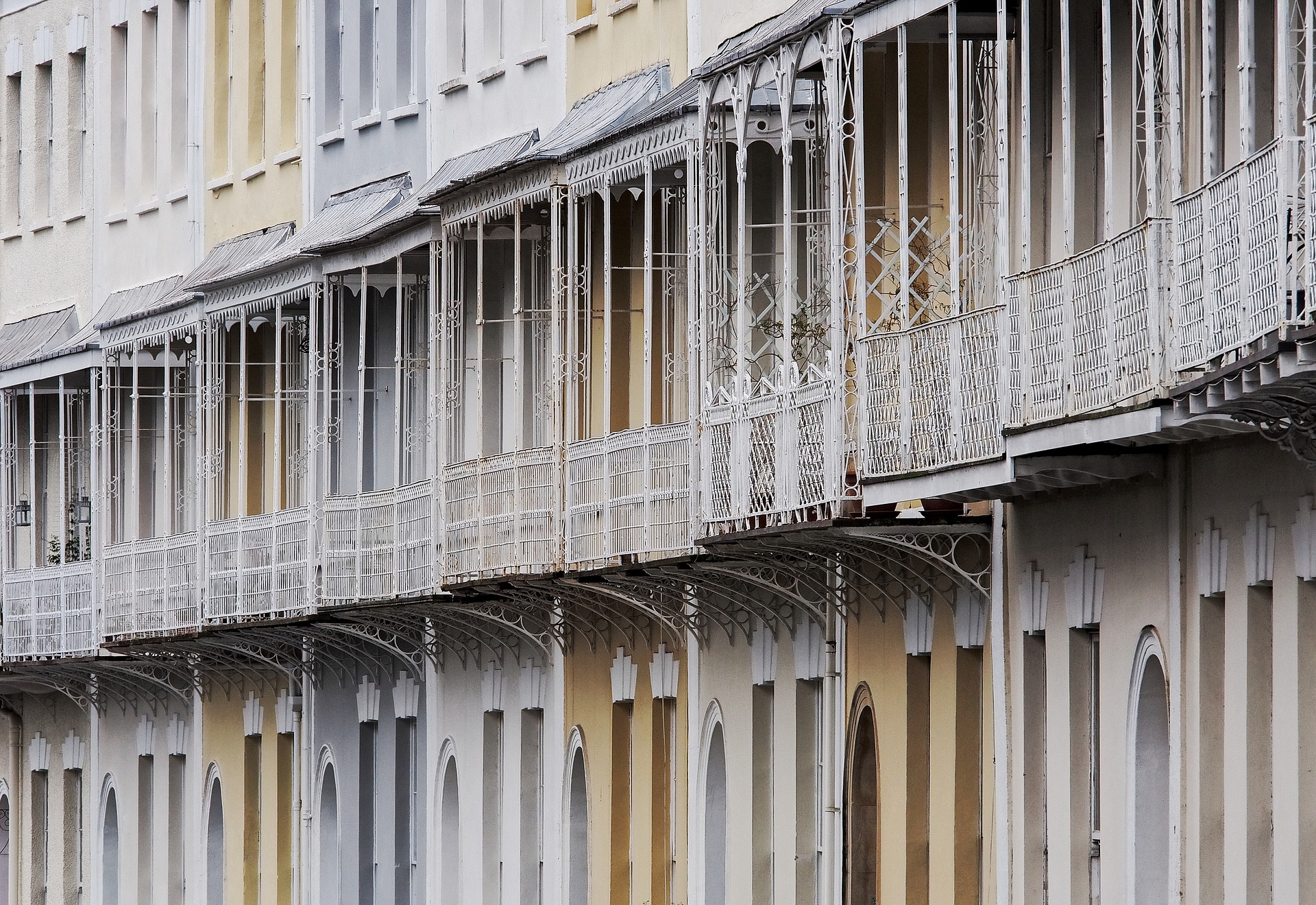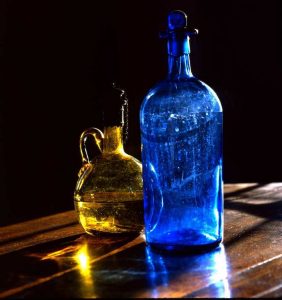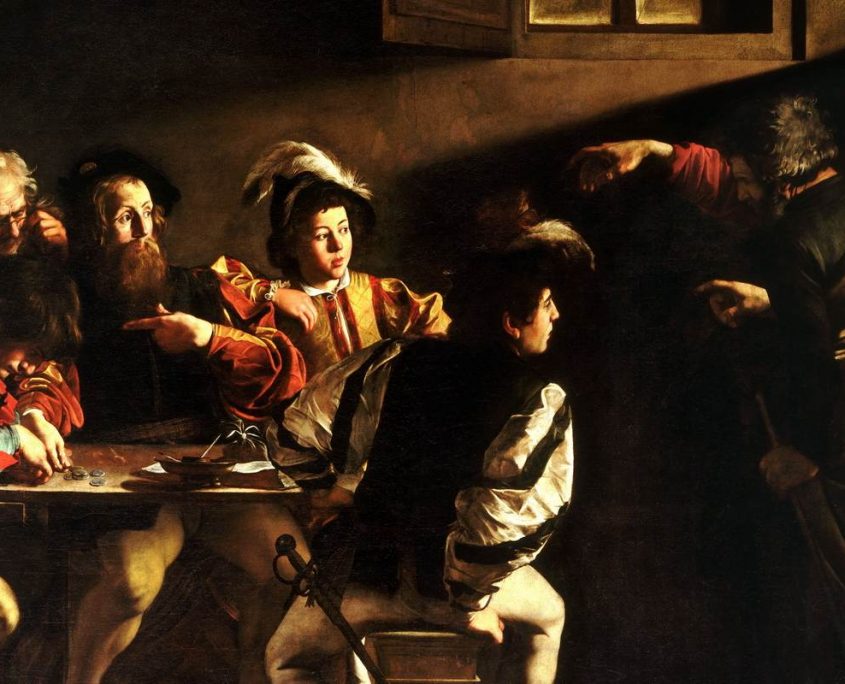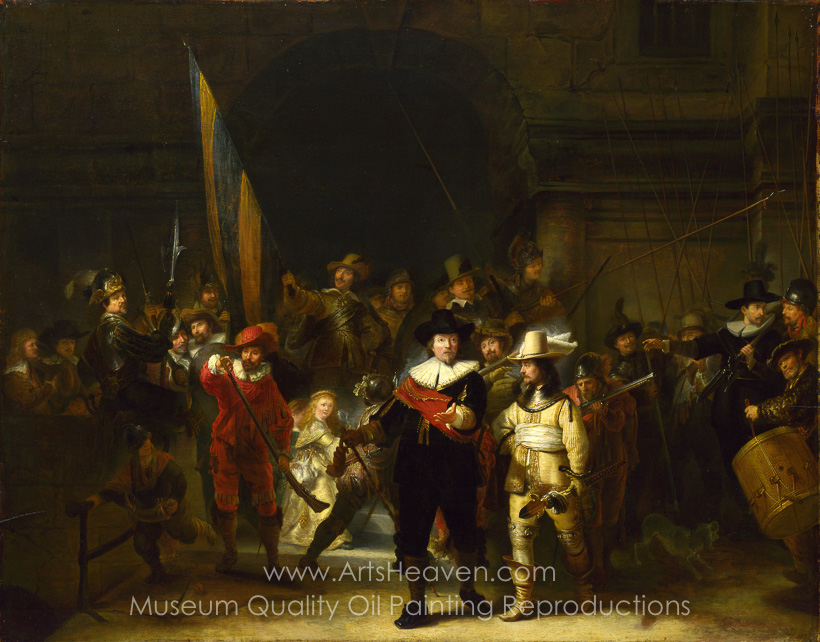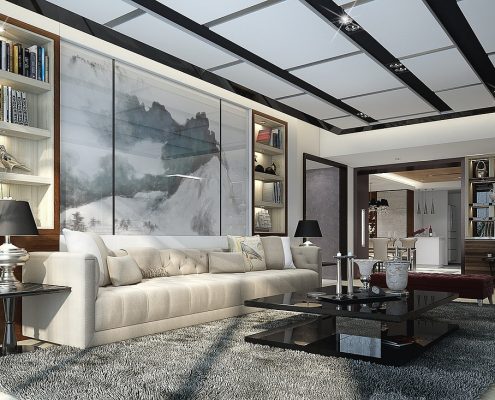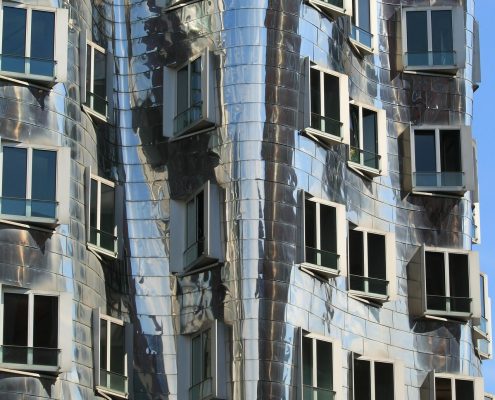This works the opposite way, coming down from the state where all three receptors are activated, which is what we call the “colour” white. At the next level down from white we have just two receptors triggered, and technically these “secondary colours” are known as cyan (blue and green triggered), yellow (red and green) and magenta (red and blue). Because printing works starting with white paper, and applying inks of these three secondary colours, printing is always cheaper on ink, and easier to get right, in high-key images. Indeed, getting a good black in printing is well-nigh impossible and for serious “art” printing special techniques are needed. I have an excellent example in a book on Yves St-Laurent, which cost a fortune when new, and where you can actually feel the black areas.
Observe that the three images above are almost white, with only slight departures from the pure white of the paper. As it happens, I love this look and would very much like to develop it in my own photography. One of the finest icons of high-key fashion is of course The White Company, founded by Chrissie Rucker just twenty years ago. I could, and sometimes do, spend hours in that shop (our local one in Cambridge), always trying to understand how such magic can be created from, in effect, the absence of colour.


















